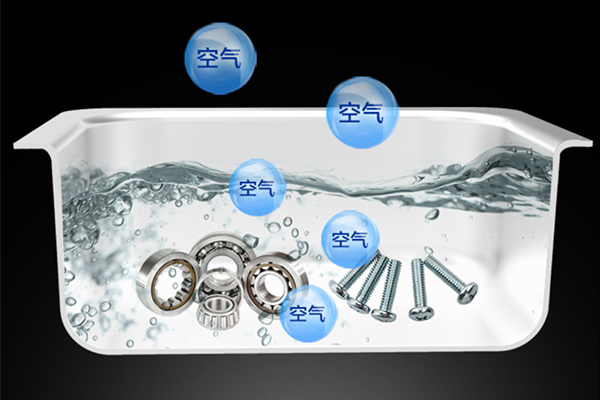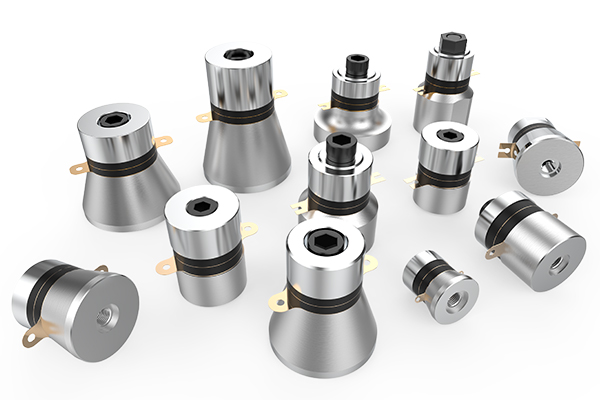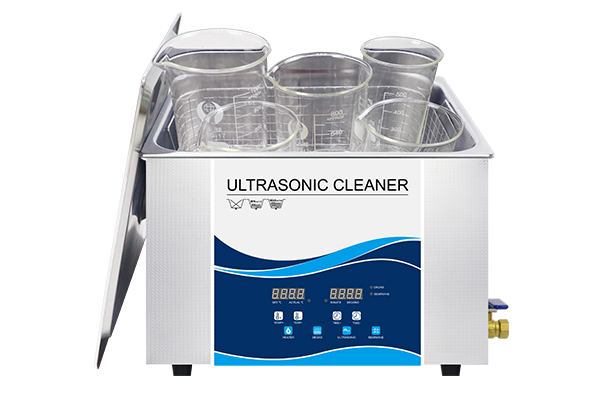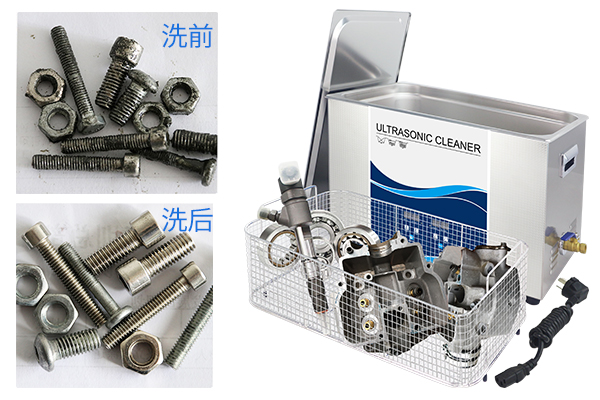Variable wave.
Variable wave principle: variable wave = coarse washing, is the use of ultrasound upper half wave frequency work, with the characteristics of strong cleaning strength, can effectively remove the object surface of large molecules of dirt.
Variable wave effect: Because the ultrasonic frequency is not the same, the result of the effect of cavitation is not the same, the higher the frequency, the smaller the bubbles produced, the stronger the penetration, but the corresponding strength is smaller. The lower the frequency, the larger the bubbles produced, the weaker the penetration, but the stronger the cleaning surface. So the role of the variable wave is used to change the cleaning effect.
Degassing.
Degassing principle: When ultrasonic waves are introduced into the solution, alternating pressure is generated for cavitation threshold of the sound waves in the liquid propagation can produce cavitation bubbles and can significantly increase the gas transfer rate from the solution to the bubble. Cavitation bubbles are generated by tiny gas nuclei in the solution, and these bubbles are generated in the dilute phase of the acoustic wave due to the effect of tensile stress (negative pressure). If the tensile stress continues to exist after the formation of the vacuole, the cavitation bubble will then expand to many times its initial size. In this case, the cavitation bubble maintains a spherical structure, after which it continues to grow, vibrate, and collapse. When ultrasonic action, the gas component of the solution can “directional diffusion” through the gas-liquid interface into the cavitation bubble, the cavitation bubble into the growth phase, when the cavitation bubble in the solution surface collapse, the gas will escape from the bubble, which causes degassing effect.

Degassing effect: the air out of the liquid, reduce the resistance of the bubbles generated by ultrasonic cavitation reaction, enhance the cleaning efficiency of ultrasonic cleaning machine. There is also a role of ultrasonic




